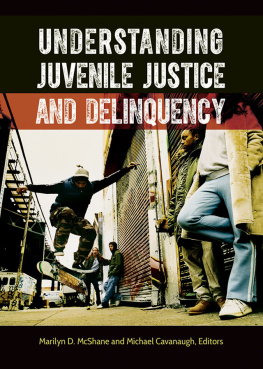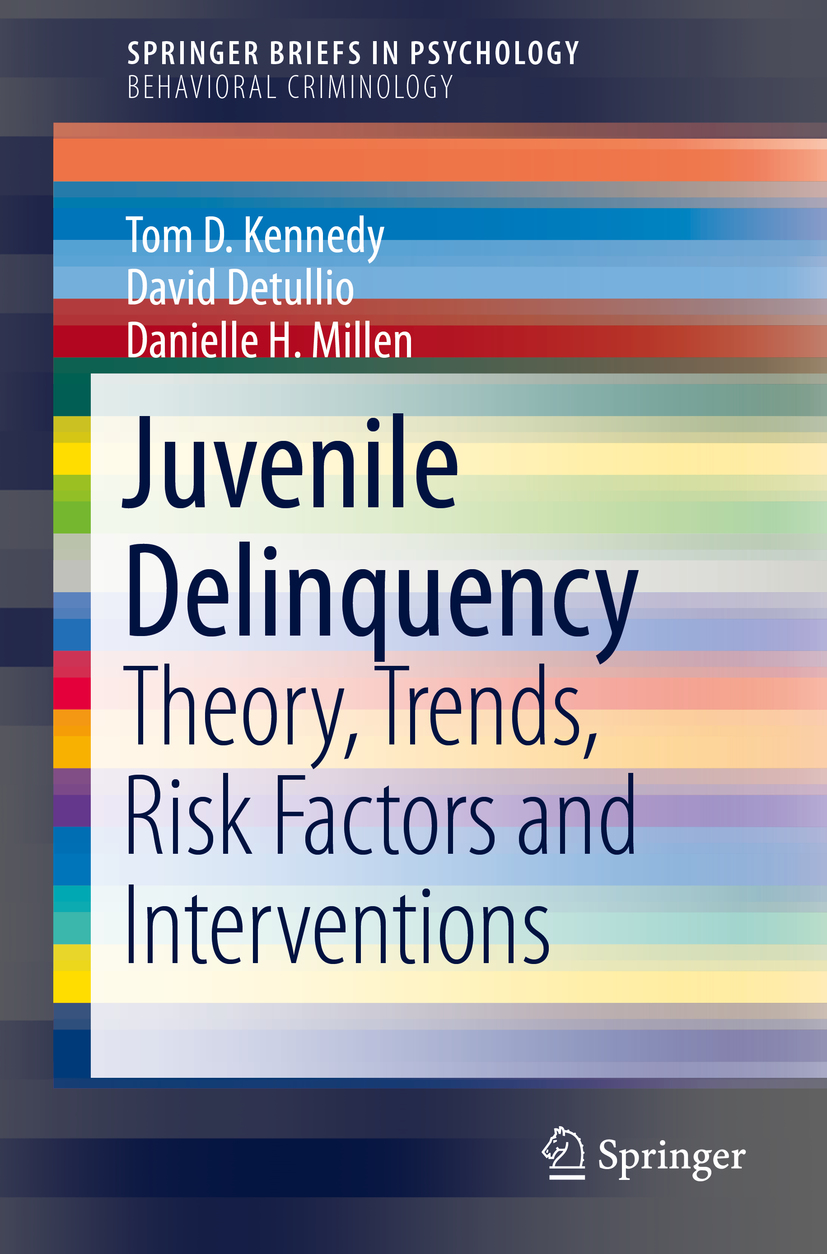SpringerBriefs in Psychology SpringerBriefs in Behavioral Criminology
Behavioral Criminology is a multidisciplinary approach that draws on behavioral research for the application of behavioral theories and methods to assessment, prevention, and intervention efforts directed toward violent crime and criminal behavior. Disciplines relevant to this field are criminology; criminal justice (law enforcement and corrections); forensic, correctional, and clinical psychology and psychiatry: neuropsychology, neurobiology, conflict and dispute resolution; sociology, and epidemiology. Areas of study and application include, but are not limited to: specific crimes and perpetrators (e.g., homicide and sex crimes, crimes against children, child exploitation, domestic, school, and workplace violence), topics of current national and international interest and concern (e.g., terrorism and counter terrorism, cyber crime), and strategies geared toward evaluation, identification, and interdiction with regard to criminal acts (e.g., hostage negotiation, criminal investigative analysis, threat and risk assessment). The aim of the proposed Briefs is to provide practitioners and researchers with information, data, and current best practices on important and timely topics in Behavioral Criminology. Each Brief will include a review of relevant research in the area, original data, implications of findings, case illustrations (where relevant), and recommendations for directions that future efforts might take.
More information about this subseries at http://www.springer.com/series/10850
Tom D. Kennedy , David Detullio and Danielle H. Millen
Juvenile Delinquency
Theory, Trends, Risk Factors and Interventions
Tom D. Kennedy
Nova Southeastern University, Fort Lauderdale, FL, USA
David Detullio
Nova Southeastern University, Fort Lauderdale, FL, USA
Danielle H. Millen
Nova Southeastern University, Fort Lauderdale, FL, USA
ISSN 2192-8363 e-ISSN 2192-8371
SpringerBriefs in Psychology
ISSN 2194-1866 e-ISSN 2194-1874
SpringerBriefs in Behavioral Criminology
ISBN 978-3-030-38249-0 e-ISBN 978-3-030-38250-6
https://doi.org/10.1007/978-3-030-38250-6
The Author(s), under exclusive license to Springer Nature Switzerland AG 2020
This work is subject to copyright. All rights are reserved by the Publisher, whether the whole or part of the material is concerned, specifically the rights of translation, reprinting, reuse of illustrations, recitation, broadcasting, reproduction on microfilms or in any other physical way, and transmission or information storage and retrieval, electronic adaptation, computer software, or by similar or dissimilar methodology now known or hereafter developed.
The use of general descriptive names, registered names, trademarks, service marks, etc. in this publication does not imply, even in the absence of a specific statement, that such names are exempt from the relevant protective laws and regulations and therefore free for general use.
The publisher, the authors, and the editors are safe to assume that the advice and information in this book are believed to be true and accurate at the date of publication. Neither the publisher nor the authors or the editors give a warranty, expressed or implied, with respect to the material contained herein or for any errors or omissions that may have been made. The publisher remains neutral with regard to jurisdictional claims in published maps and institutional affiliations.
This Springer imprint is published by the registered company Springer Nature Switzerland AG
The registered company address is: Gewerbestrasse 11, 6330 Cham, Switzerland
Introduction
Tom D. Kennedy
David Detullio
Danielle H. Millen
Delinquency is a complex issue that remains one of the most costly and distressing problems facing America. It has a profound impact directly and indirectly on all aspects of society, from individuals to families and neighborhoods, both locally and nationally. According to the U.S. Department of Justice approximately one million individuals under 18 years of age were arrested in 2015. Perhaps even more alarming, there were 800 murder and non-negligent manslaughter arrests during 2015 according to U.S. Department of Justices Office of Juvenile Justice and Delinquency Prevention (OJJDP). Recent data from the Federal Bureau of Investigation (FBI) also indicate an upward trend in youth homicide deaths from 2014 through 2017. There are well-documented relationships between the emergence of delinquent behavior and a wide range of variables across all levels of development from infancy to adolescence. Although the progression and directionality of many of these relationships are indeterminate, there are multiple distinct variables that are either causal or predictive of later juvenile delinquency. A notable topic of interest for researchers and public policy makers alike is the current theories, trends, risk factors, and prevention efforts related to juvenile crime.
The OJJDP (2019) released a report demonstrating that juvenile crime has decreased substantially since the mid-1990s. For example, juveniles made up approximately 19% of violent arrests in 1995 (FBI, 2016). In contrast, 13.7% of individuals arrested for violent crimes in 2010 were juveniles, and 10% of individuals arrested for violent crimes in 2016 were juveniles (FBI, 2011; FBI, 2017). Similar declines have been observed for nonviolent crimes among juveniles (OJJDP, 2019). Despite these declines over the decades, arrests for specific crimes and juvenile subgroups are on the rise. Murder and non-negligent manslaughter arrests increased by almost 7% in the USA among juveniles from 2014 to 2015 (FBI, 2016). Concerning gender and violent crime, male juveniles demonstrated a 3% decrease in arrests for violence, while female juveniles demonstrated a 1.8% increase in arrests for violence from 2014 to 2015 (FBI, 2016). Similarly, the OJJDP (2019) report indicates that female juveniles experienced an increase in arrest rates from 1980 through 2010. The overall decrease in juvenile offending since the mid-1990s is an encouraging trend; however, the reason for this trend is not well established, and this decline appears to be stabilizing at best, or beginning to reverse at worst.
It is important to note that although arrest rates for juveniles in the USA have declined over the last two decades, the amount of severe crimes warrants increased examination. The USA still has higher rates than most other developed countries. For example, in 2016, juveniles comprised only 3% of all those arrested for homicide and related offenses in Australia, but juveniles in the USA made up more than double that number accounting for 7% of all those arrested for murder and non-negligent manslaughter (Australian Bureau of Statistics, 2017; FBI, 2017). The percentage of juveniles comprising arrests for murder and non-negligent manslaughter in the USA (7%) also outnumbers the number of juveniles charged with homicide as a percentage of all homicide arrests in Canada, which is approximately 4% based on yearly statistics provided by the Government of Canada. The primary goal of this brief is to further explore the current theories, trends, risk factors, and prevention efforts related to juvenile crime.






